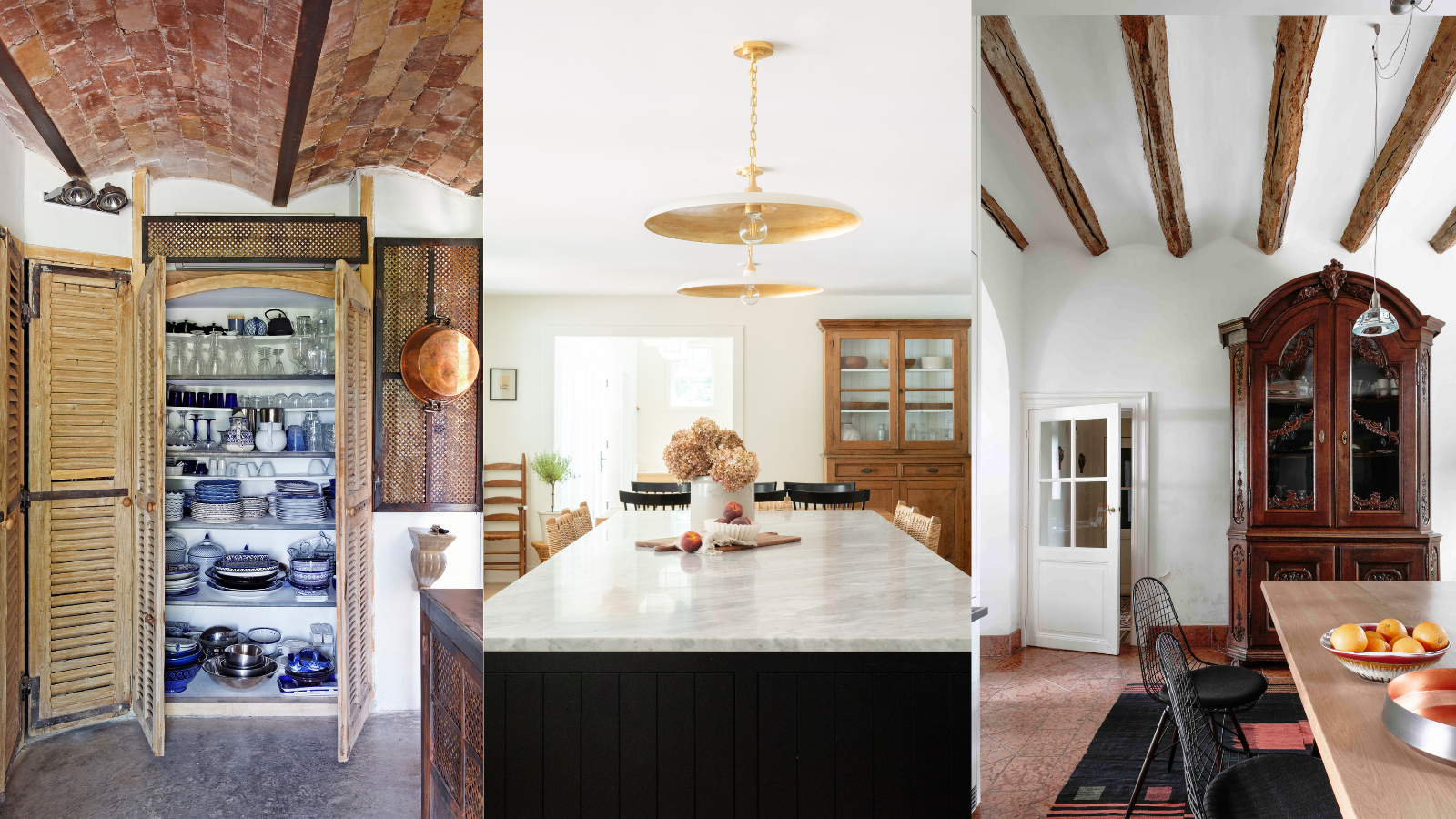
Rustic and inviting, nothing quite compares to the allure of the European cottage-style trend. Though this aesthetic has been flooding our Instagram feeds for the past few months, this interior design style is a classic and one of the most enduring looks too.
Naturally, individual European destinations take their unique approach to this provincial-esque aesthetic, and this is all part of the charm. Whether a French coastal home or quaint cottage on the outskirts of Brussels, or beyond, the quirks of each wonderful destination shine through.
The European cottage-style appeal
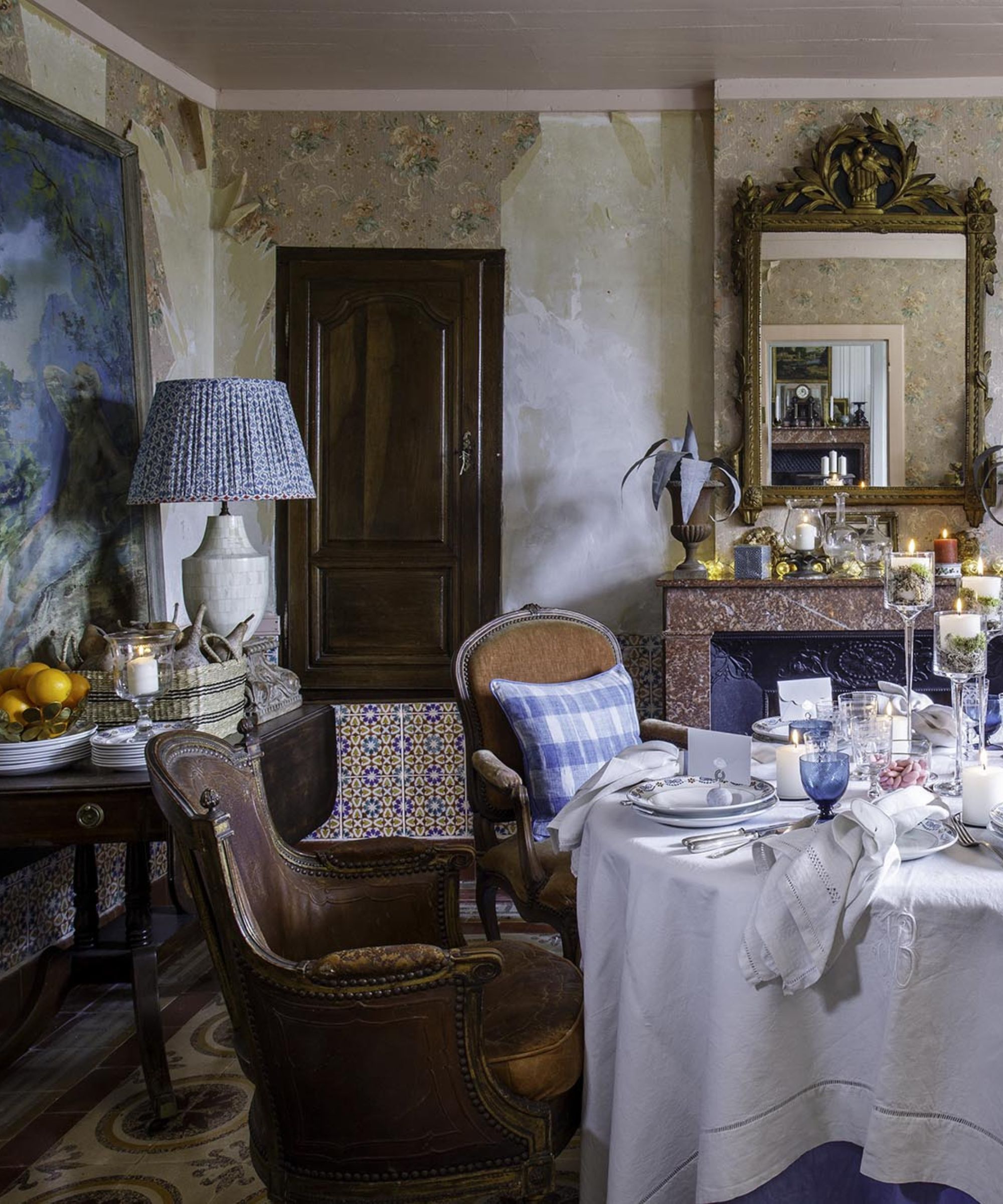
European cottage-style interiors are synonymous with nostalgia for travel and discovery, it's clear why we are so enthusiastic to recreate these rustic spaces in our own homes. 'I believe that people are drawn to European cottage styles for their timeless appeal and the sense of history they embody,' says the Brussels-based interior designer, Victoria Maria.
'Each region offers a unique take on the cottage aesthetic, from the cozy, weathered charm of a European countryside cottage to the bright, airy feel of a Mediterranean retreat.' Designed for comfort and 'often reminding us of simpler times,' a European cottage is thoughtful but not overly preened.
To create this coveted look in your own home, here are some of the key features that define heritage European cottage-style interiors, from designers who are dotted around Europe and beyond...
1. There is juxstaposition
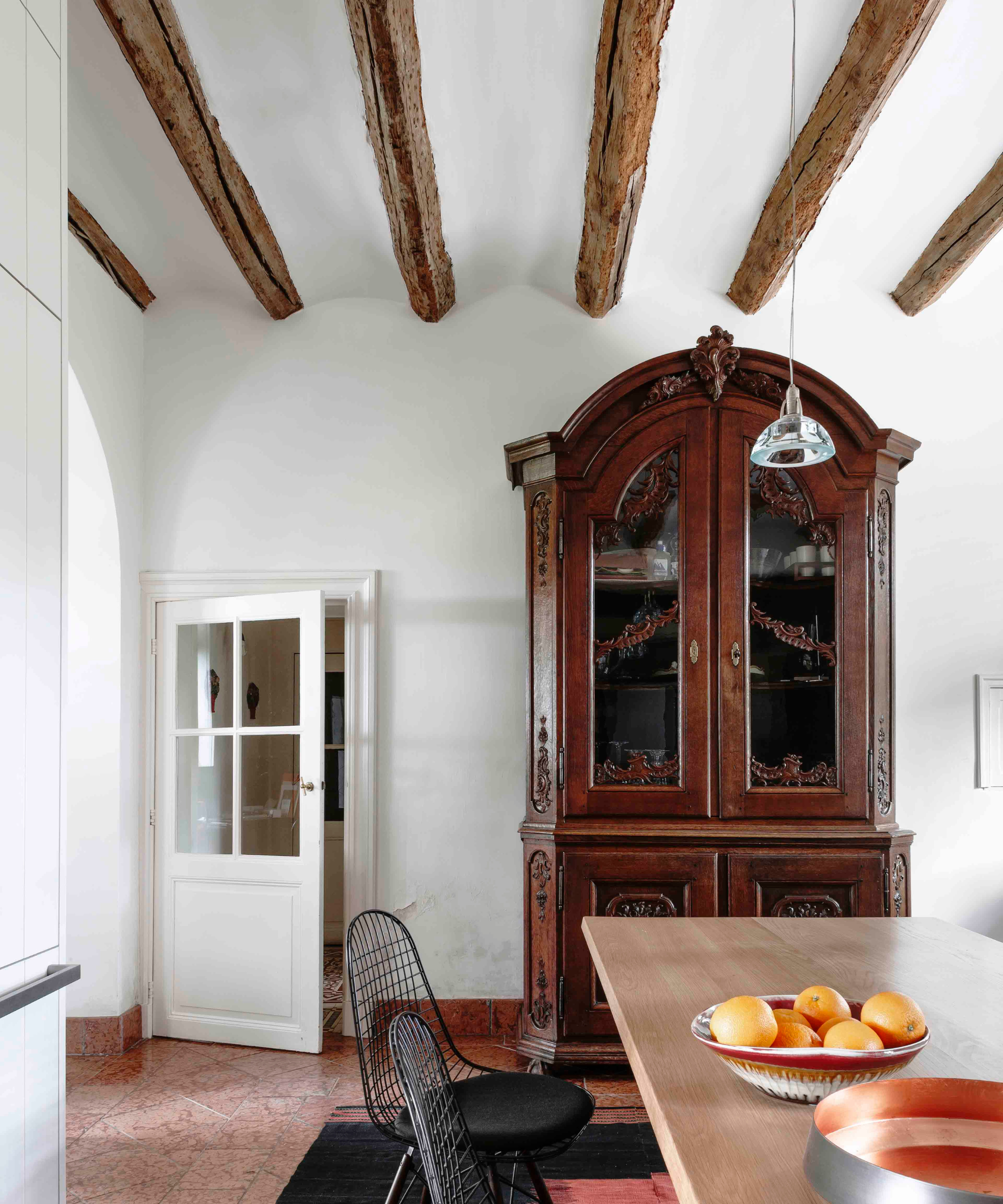
We begin in what is actually a chateau, in a project named Valentine by Victoria Maria. The space is a masterclass in balancing heritage character and modernity.
'I relate the European cottage aesthetic to a harmonious blend of rustic charm and refined elegance,' continues Victoria. 'Some key elements include exposed wooden beams, as seen in my Valentine project (above), natural stone floors, and antique furniture pieces that tell a story.'
There is an art even to styling antiques, and keeping a fresh neutral canvas leaves room to add more tactile interest elsewhere, without making the space feel dated or over the top. 'When using muted color palettes, such as soft creams and earthy tones, a serene and welcoming environment is created,' continues the designer. Having a consistent color palette that runs throughout the home means that lighting fixtures and other accents can shine a little brighter.
'Textures also play a significant role, with woven rugs, linen fabrics, and hand-crafted ceramics adding depth and warmth to the space.'
The goal is that unique pieces come together as if by chance rather than look and feel forced. 'Balancing rustic and modern styles requires a thoughtful approach to ensure cohesion rather than clash. I like to start with a neutral base, which provides a clean canvas to layer different elements. Integrating sleek, contemporary furniture with rustic architectural features like exposed beams or stone walls creates an interesting juxtaposition.'
2. Objects tell an interesting story
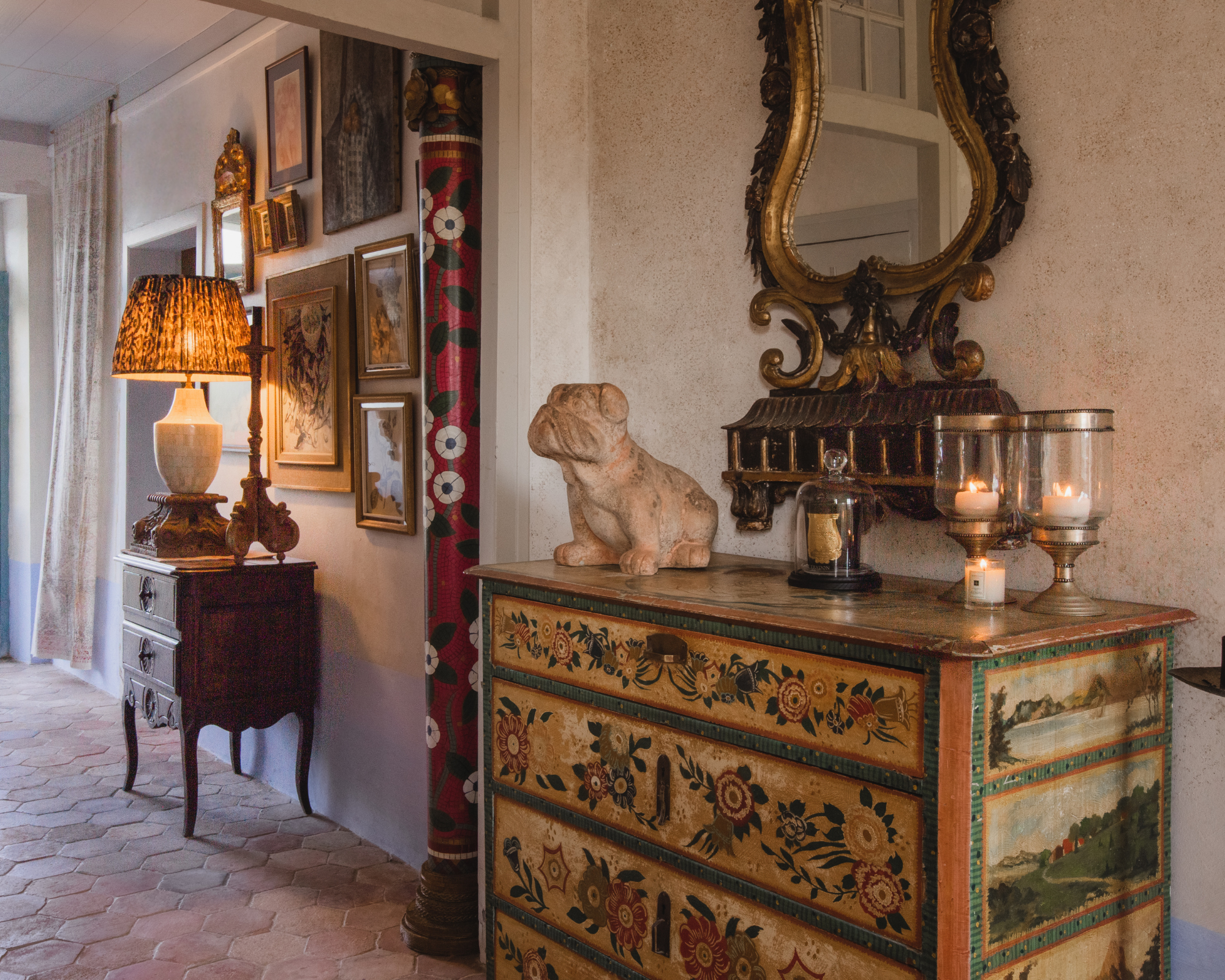
Much like when creating a provincial-style home, a typical European cottage will proudly display artisanal items that have a unique connection with the region.
You will never be too far from a thrilling flea market in Europe, especially when visiting France or Italy, and this is the perfect place to pick up interesting items that bring the cottage aesthetic to life. 'Scour your local flea market or junk shops for goodies to personalize your rustic retreat with locally made wares – ceramics, textiles and artworks that depict scenes of local interest,' says interior designer Benji Lewis whose buffet is adorned with such exciting pieces. Benji notes how a variety of finishes and shapes can add to a balanced but still wonderfully eclectic display.
'Get inspired by nature with your textures; Moroccan Berber wool rugs, linen drapery, bashed-up leather.'
3. Let it look 'undone'
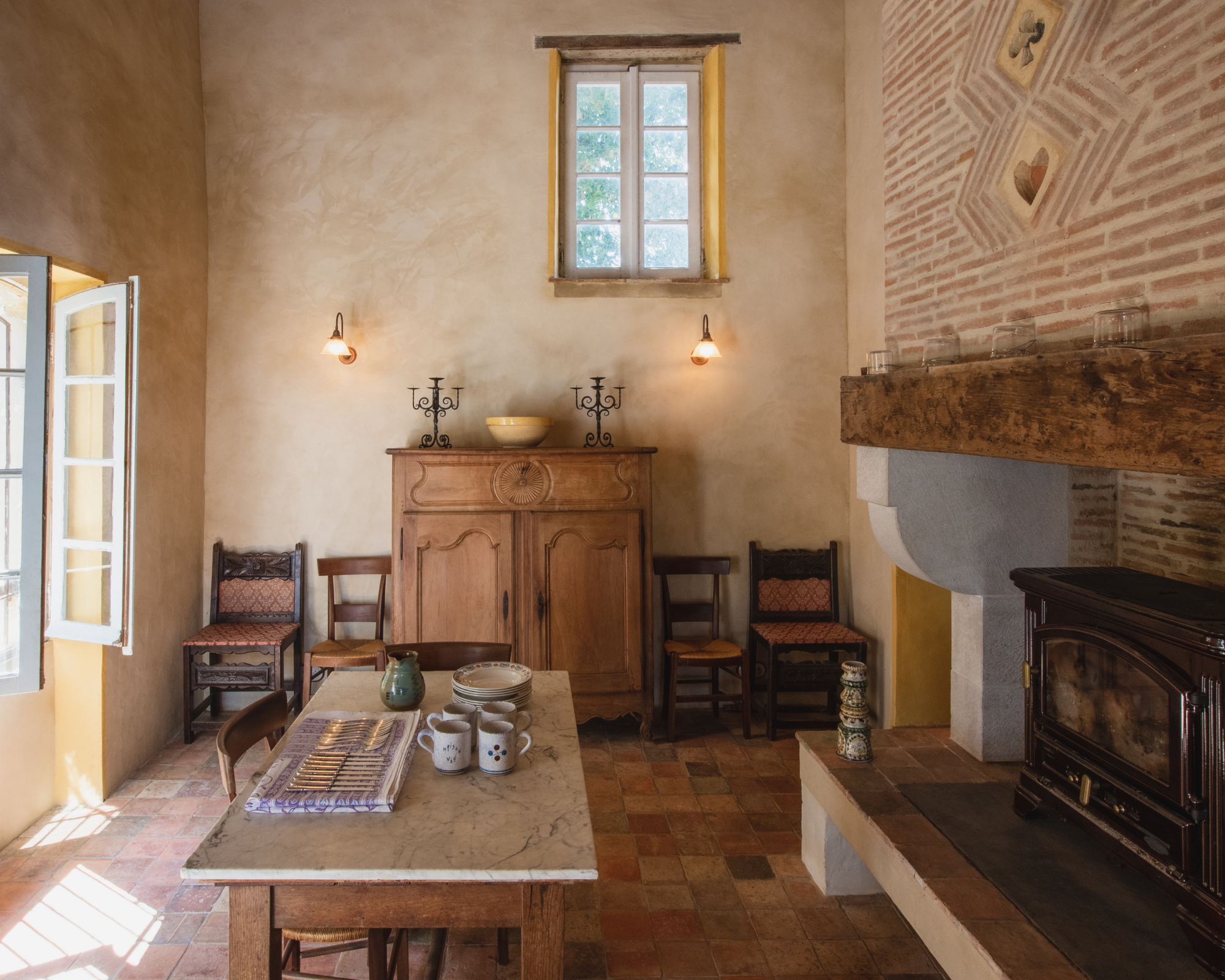
A gorgeous approach to wholeheartedly achieve French country style interiors is indeed to give in to a slightly unpolished feel.
'The charm of French cottage style is in its undone-ness,' continues Benji. 'I really worry when people renovate because it’s very easy to make things overly posh and in so doing you run the risk of destroying or removing the charm.'
Mismatched crockery in the pantry – all very much on display – and more to imbue pretty, modern rustic decor is a surefire way to achieve the European Cottage-style look at home.
4. Embrace the outdoors and enhance natural light
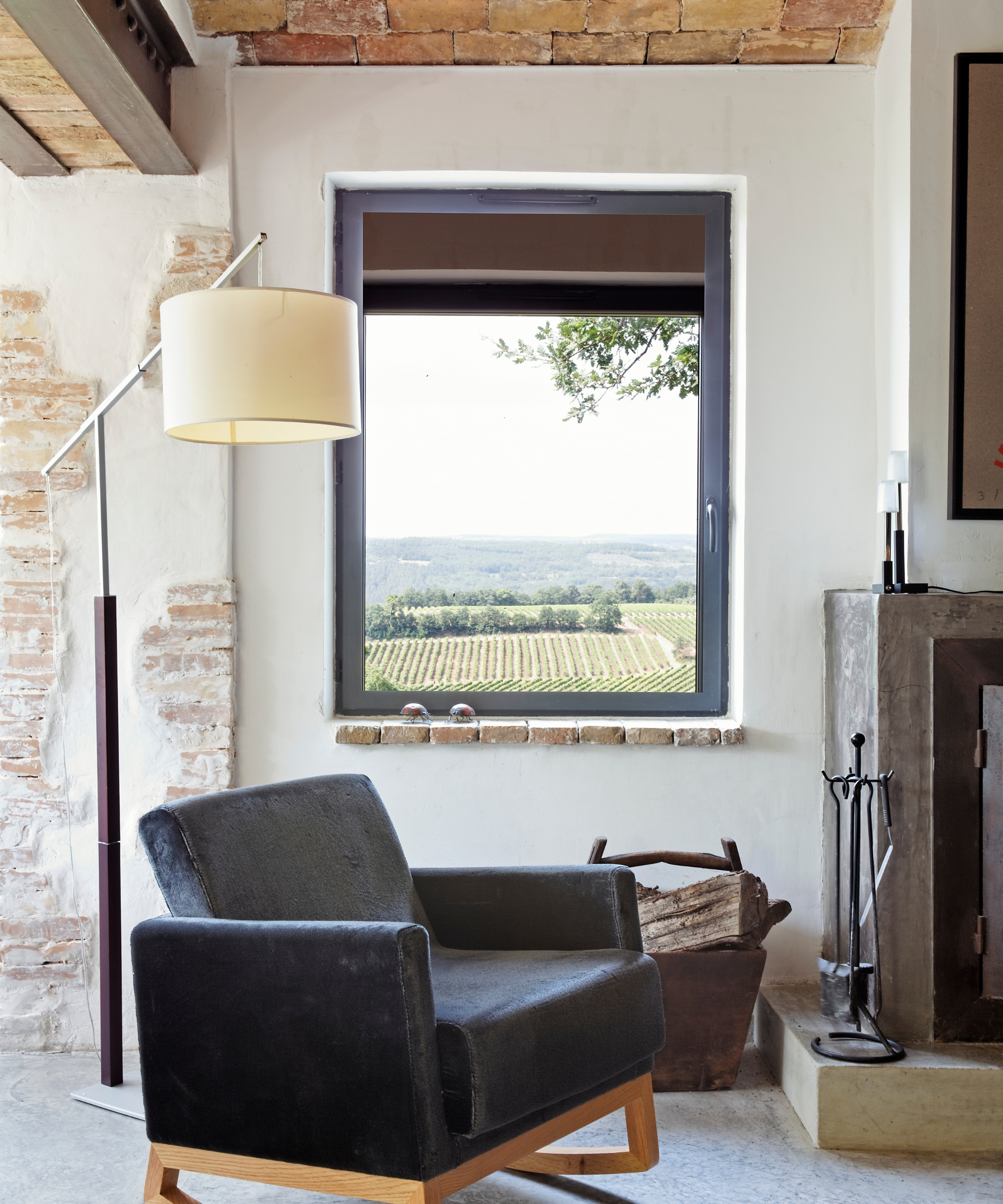
Especially in Scandi-style homes, cottages are rustic but still modern with clean lines, an airy finish, and playful character.
Christina Richardson is a Swedish interior designer and shares some tips from a former project that involved transforming a run-down little shack into a cozy Scandi cottage. 'To get the look you need to work with the natural light and warm the space up with texture and natural woods,' shares the designer. 'We took an old table and chairs from her grandparents and used alkali to remove the paint and after that we just used linseed oil to get that soft warm wood feel.'
For a welcoming and cheery finish, Christina counteracted woods and neutrals with something more wild. 'In the tiny kitchen, we chose a green slab cabinet from IKEA, stark lines, and a light and very Scandi birch wood countertop. We balanced the strictness in the kitchen out with a whimsical wallpaper from Cole&Son to create some visual interest and it is always a conversation starter every time new guests arrive.'
Remember still that the aesthetic, be it of a modern farmhouse or cottage, will be made all the more beautiful if it is practical...
'Having furniture, wallpaper and everything else doing double duty, like this wallpaper acting as a piece of art, is very Scandi cottage because they are usually small and everything has to have at least one function or two or three,' continues Christina.
5. Materials are enduring and exude 'Old World Charm'
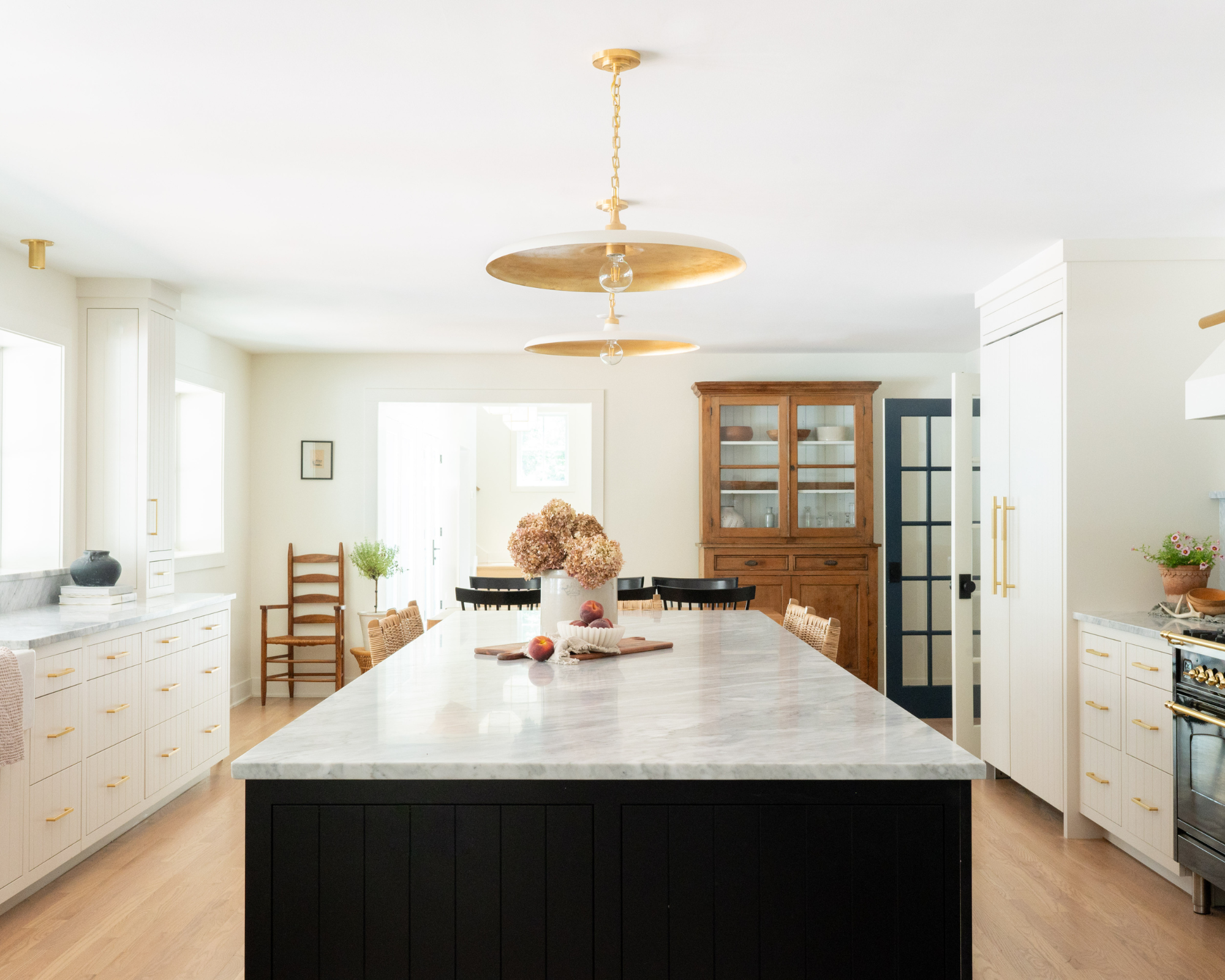
Preserving beautifully rustic materials is a key element of the European cottage look, and if you are renovating, nod to natural stones for longevity.
'In our designs you'll find the use of classic, timeless materials to give an old world feel to our spaces,' says designer Holly Heffinger. 'The use of natural stones, wood tones and antiques help instantly bring warmth and character to a space. Many people are going with synthetic surfaces for durability and performance. There’s nothing wrong with these products, but we believe natural materials are more beautiful than any synthetic product on the market. Plus, they only get better with age.'
From Carrara marble to Italian Cotto floors, there's a reason why these still punctuate hidden gems and cottages you might stumble upon when on your travels... 'All across Europe, you’ll find marbles that have withstood thousands of years of wear and they are arguably more beautiful today than they were when they were first installed. By using these materials in our designs, we believe that our spaces only get better with age.'
Though the European cottage-style look might be layered and it more about collecting pieces over time than a quick refresh, a little perseverance and an outside-the-box approach to your interiors will see you enjoying this gorgeous, enduring style.
'The interesting thing about European design is that it’s more difficult to achieve in the US because it takes the extra step of sourcing items that are not as readily available in our marketplace,' continues Holly. 'This extra step and appreciation of archival significance sends a message of maturity and elevation of a space. By adding in one-of-a-kind European elements, you can make a space really stand out from the next as each space becomes uniquely its own.'







